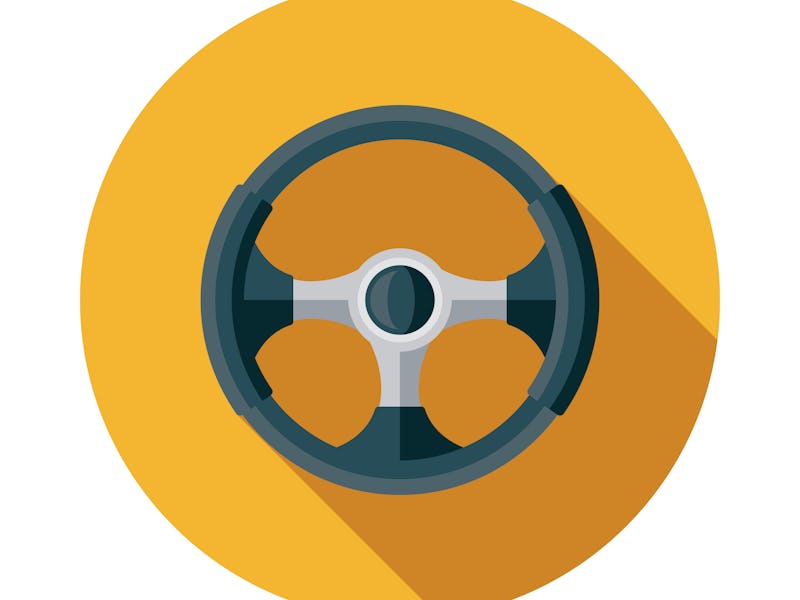Your steering wheel could know if you're drunk driving
Touch-sensitive steering wheel covers could send data to an app.

While getting behind the wheel tired may seem like a safer choice than driving drunk, the level of impairment experienced by both drivers is more similar than you might think and can result in dangerous driving and even death. A startup, Vastra, is looking to tackle this problem with the introduction of a next-generation steering wheel accessory. It’s called TriSense, and it would monitor drivers’ vital signs in order to alert them to unsafe driving.
The startup was launched in March 2019 in association with Purdue University and placed in two of Purdue’s startup accelerator competitions, Boiler 2019 and Purdue Anvil, and according to a conversation with co-founder Harsh Somani had with Inside Indiana Business is in its second stage of prototyping.
This is an issue that hits home for Somani, whose friend was involved in a car accident as the result of another driver falling asleep at the wheel.
But, how exactly does it work?
While the technology itself is still developing, the basic approach developed by the team is a smart steering wheel covering that will be able to sense and analyze a driver’s heart rate and state of impairment by collecting electrocardiogram data and hand positioning data. You could think of this like when your smartwatch or a gym treadmill reads your heart rate.
Human heart rates slow when we’re sleeping. Building off of this fact of the human condition, the team is able to determine if a driver has too low of a heart rate (and thus potentially asleep or falling asleep) or if they are exhibiting unsafe driving via their hand positioning.
A prototype of the smart steering wheel cover designed to combat drowsy driving.
“You can monitor either your loved ones, your guardians or from a commercial perspective, if you have say a fleet of 10-20 trucks and you want to monitor the health of the truck drivers as they’re performing their operations, the dispatcher can go through that information in real-time,” Somani tells Inside Indiana Business. The data could be sent to either a phone or desktop app.
While smart cars are continuing to develop new technology to monitor driver safety and autopilots that can take over control of an unsafe vehicle, this isn’t immediately helpful for the large number of drivers who will continue to drive older, less-smart cars.
For drivers of these cars who may be drowsy — or even fall asleep — behind the wheel, the National Sleep Foundation says they experience a level of impairment similar to that of a drunk driver, with 18-hours of wakefulness being “equivalent” to a blood-alcohol level of 0.5. For comparison, a driver is considered too drunk to drive with a blood-alcohol level of 0.8.
Even more, a recent National Highway Traffic Safety Administration report found drowsy driving to be the cause of over 4,000 deaths between 2013 and 2017.
Somani said as the team moves forward toward commercialization they have begun talking with potential industry partners to learn more about specific concerns and how this technology could most effectively be implemented.
“Right now, we are at the second version of our prototype and at the same time, we are reaching out to trucking companies, fleet operators to kind of get a sense of the complexity of the problem,” said Somani. “How often do they face it? Is it a big enough problem for them that they’re willing to pay for a solution?”
Somani also told Inside Indiana Business that the team is considering other applications for this technology as well, including athletic apparel that could monitor players’ health while on the field.
“We have been reached by different athletic departments in universities [about some] sort of compression pants or shirts that can monitor their health without something like an Apple Watch,” said Somani. “So that’s a big market for us in the future, as well as things like home automation or furniture.”